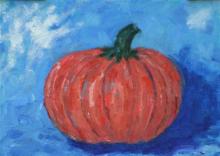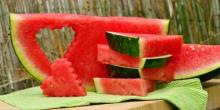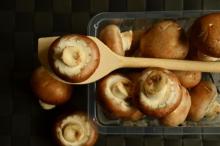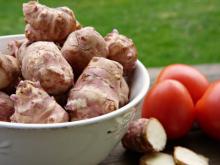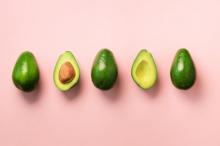Superfood 101: Squash!
Squash (the winter species) is native to Central America and evolved around the same time as flowering plants, approximately 350 million years ago. However, it was not until 13,000 B.C.E. that man began using squash to make cups, containers, and floats for fishing nets. It was one of the earliest cultivated plants, first farmed in 10,000 B.C.E., but because of its bitter taste was not used as a food source until several thousands of years later when squash was bred to have a sweeter taste.


